|
Graphic novels have developed into a highly respected literary artform in some circles. Since their inception in the late 1800's, they've captured the minds and imaginations of all who would seriously consider them. Though some question their effectiveness in the classroom, more teachers are using them in curricula designed to reach a wide range of student learning styles. This article will discuss research in this area and introduce the graphic novel "For Beginners" series specifically for educators or parents seeking to find unique ways to discuss race. The list of graphic novels is vast. This collection specifically focuses on race and was created by a Black owned publisher. I will discuss more about the history behind the creator below, but here are the titles:
Learning stylesAs a University adjunct Professor for ten years, I've learned quite a bit about effective ways to reach students. When I first started teaching an introductory Math class called, "Mathematical and Technological Literacy," I honestly parroted the Professors who taught me. This consisted of a single presentation style of mostly audio lectures summarizing printed words on the screen. I would conclude with Q&A. Rinse and repeat. It wasn't long before I knew that this style for the mid 2000's wasn't going to do it. Cell phones were becoming increasingly popular to the point of me reminding students to set the volume to mute or off. Though students tried to sneak a peek during class, I had to explain that it was distracting to the point that they were missing major points in the lecture. Added to the technological advance is the issue of learning style. Some students learn simply by hearing a summary of the important points. Others by hands on examples. Thankfully the original curriculum was structured to accommodate this diversity in learning by creating a hybrid half lecture, half online examples style. While this structure was useful, it did not address the other modes of learning that are present. Here is a list:
The use of various modes in teaching creates what's called a "Multimodal" teaching environment. How to Discuss Race with StudentsWhen I incorporated more modes into my classroom, the students were more engaged and performed better on exams. In other words adding diverse modes created a higher success rate in students. As I reflect upon my years as a student, I began to wonder whether integrating graphic novels into the curriculum would have impacted my interest in reading. There are arguments for and against the idea. In the article, "The Case for Graphic Novels in the Classroom," by High School teacher Bailey Cavender, states that her students were more engaged when introducing classic literature or adaptations. Feed back from her students indicated that the novel held their interest more and in a backward engineering kind of way helped them understand the text better after viewing the images. According to Jun Liu in a research paper called, "How Graphic Novels Efect Reading Comprehension and Memory Recall" after using graphic novels, memory tests indicate that students were, "feeling more confident in their understanding as a result of their ability to decipher a more difficult text after spending some time with the visuals in the adapted comic books." This result is reflective of our experience in our bookstore Afriware Books, Co. Some customers indicated that they acquired their love of books after reading comic books and graphic novels. This was initially shocking to me because of the bad rap comic books got from parents that came in the bookstore. They would say things like, "I want him to read a real book, " or all he reads are comics," as if that didn't even count as a valid read. It seems the pictures/graphics were deceiving to the parents lead them to believe they lacked substance. When comics and novels were compared side-by-side, another study called, "Vocabulary - Big Ideas on Beginning Reading", from the University of Oregon, however, indicatd that comic books actually offered more rare words per 1000 than children's book for that targeted age group; 53.5 (comics) vs. 30.9 (children's books). Lost on the parents/guardians was that there was more at play in reading the comics/graphic novels than what may've met their eyes. The use of images/pictures reiterated the printed words and in some cases better defined it. Also, the skillset of interpretation and critical thinking come into play because any comprehension gaps must be analyzed, reasoned and questioned. The use of this fine example of multimodal learning could even reach students with a subject matter that otherwise wouldn't have been of interest. Outdated Curriculum in SchoolsDiscussions on "Race", Politics", "Religion" are often recommended as topics to be avoided in corporate lunchrooms, classrooms on the other hand have been forced to broach these topics if they aren't a part of the curriculum due to recent world events. As an example, Proviso Township added the book, "The Hate U Give" by Angie Thomas as an urgently added curriculum add over the summer and ordered hundreds of copies from our bookstore, Afriware Books, Co. We were impressed that they had adapted so quickly to the racial tensions that erupted over the summer of 2020 due in large part to the murder of George Floyd. The author of this post discusses this further in another post "Black YA Fiction Books to Close Out 2020". It is encouraging to find that the inclusion of graphic novels and other modes of learning are seeping into the outdated and archaic curricula that have long worn out their welcome. Budgetary constraints and societal values have long been obstacles to providing widespread curricula improvements. While our hearts certainly go out to those who've lost their lives from the pandemic, the "Stay-at-home" orders may be a blessing in disguise for education upgrades. Parents have found their best resources in "Google" and therefore been exposed to more than they would have been otherwise. Leaving the driving up to the teacher so to speak left them out of the loop on many approaches and procedures to the school day. Being able to overhear the teacher's Zoomed classroom and see how their children are effected has lead to some to provide additional supplementary books. The "For Beginners" books series has grown considerably over time. Our bookstore, Afriware Books, Co started off in 2007 carrying "Black Holocaust" for Beginners. Certainly, this topic is a tough one to approach. Firstly it isn't a quick story to sum up in a sentence or two. It requires a sit-down and discussion. Whenever customers would stop in asking about the topic, I could share a book like this one and offer them a seat, because the magnitude and depth of emotions that surface is great. Some knew, but hadn't imagined and some imagined but hadn't read the details. Both are provided in the "For Beginners" series to intermingle different learning styles for longer lasting effect. The history of the "For Beginners" series is notable. An African American man named Glenn Thompson created the publishing company. Though he was self-taught and a voracious reader, he ended up dropping out of High School. After traveling the world, he opened a bookshop which became Community run. In 2007, "Black Hoolocaust," "African History" and "Malcolm X" for Beginners were published. After his death, a group of investors bought the rights to his Beginner's books. There's more info about his life here. I appreciate as always you reading this entire post and hope you will consider ordering the books suggested from Afriware Books, Co. Of course, it is always your choice, but here is another post that lists some reasons to consider purchasing from a Black owned business in general, and Afriware Books, Co in particular. The name of the post is "Top 5 Reasons to Buy Black." For more selections in our graphic novels category, to this link.
Comments are closed.
|
AUDIOBOOKSMERCHGIFTSjoin email listACADEMIC BOOKSblog Author/
|
- Store
- Blog
- AUDIO BOOKS
- EBOOKS
- SEARCH
- Welcome
- GoFundMe
- TUCC
- Events
- READING GUIDE
- AUTHOR INFORMATION
- ARTIST BIO/PRICE
- NNEDI OKORAFOR BOOKS
- PODCAST
- LARUE'S HAND IN CLAY
- About Us
- FREQUENTLY ASKED QUESTIONS
- BOOK FAIR /SCHOOLS / CLUBS
- Photo Gallery
- EJP BOOK DRIVE
- Videos
- Newsletter/Articles
- Archives
- External Links
- Afriware Statement on COVID-19
- GREATER LAKES
- Afriware Merchandise
- AFFILIATE INFO
- SEBRON GRANT ART DESIGNS
- Mother's Day Bundles
- CARTOON
- ROBOTS
- STEM
AFRIWARE BOOKS CO. A COMMUNITY BOOKSTORE SERVING:
|
|
Melrose Park, IL
|
|
,AFRIWARE BOOKS, CO,
1033 SOUTH BOULEVARD, OAK PARK, IL 60302 708-223-8081 ONLINE SUPPORT: Thurs-Fri. 4-6pm Sat. 12-2pm, IN PERSON EVENTS: afriwarebooks.com/events |
Want to try a great website builder, try Weebly at: https://www.weebly.com/r/9SAD4V

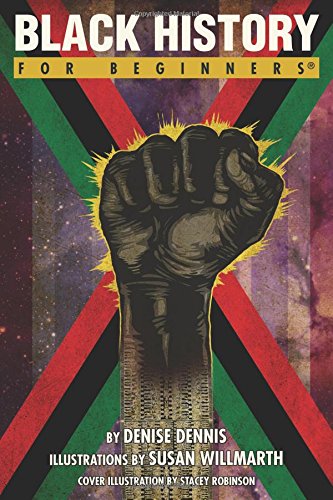
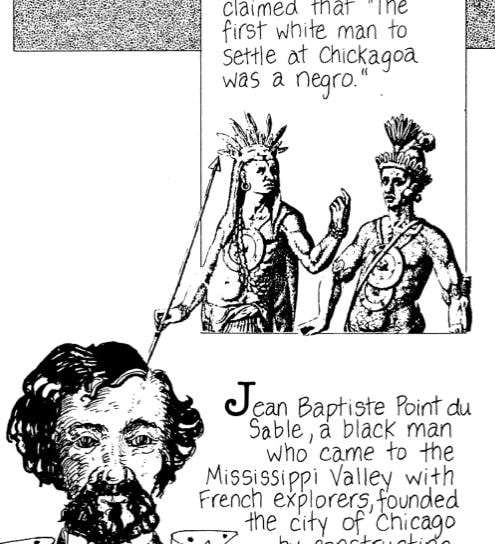
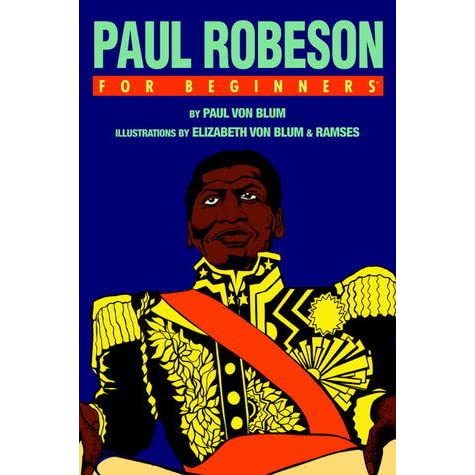
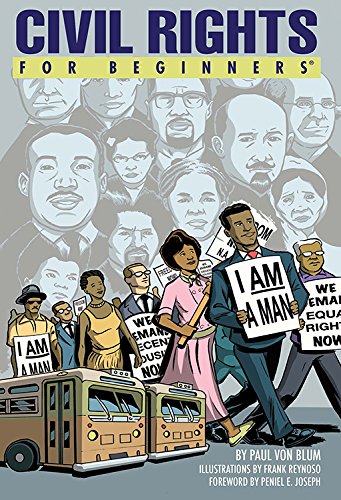
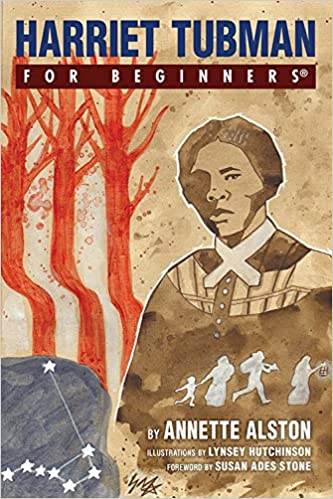
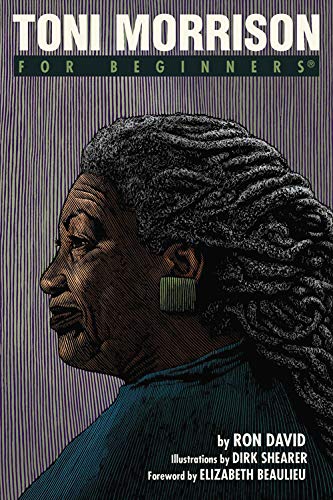
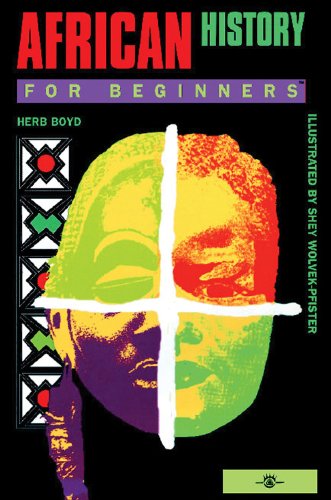
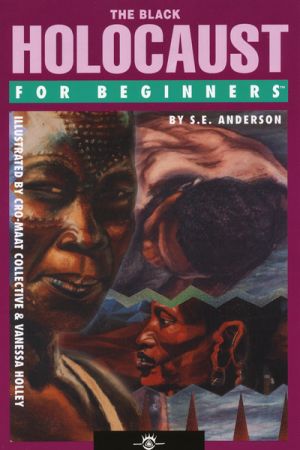
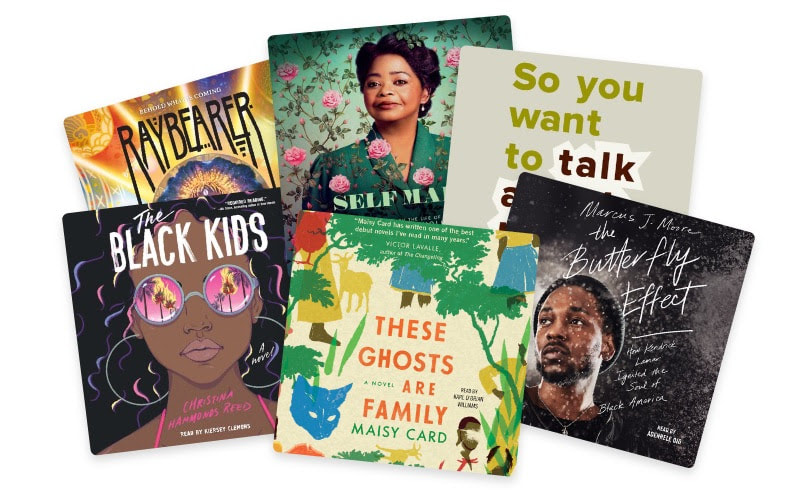
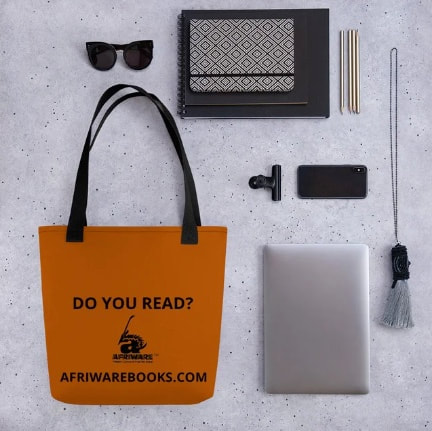



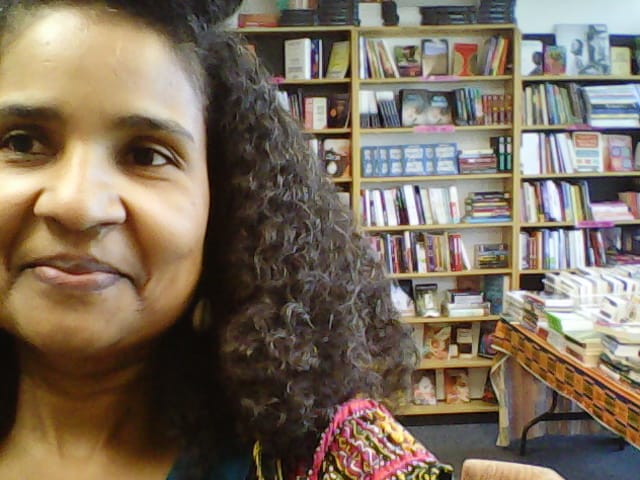
 RSS Feed
RSS Feed


